Working with Chris and Vita Andreyo to setup Omnar lenses has been one of the most enjoyable projects I have been a part of in my working life. It has been really exciting bringing small volume, high quality lenses to market. But that’s not the only part of it I have enjoyed – it also comes with added bonuses. As someone who likes to tinker with lenses, it has given me the opportunity to play with some really interesting glass. Unfortunately, not all opportunities come at the right time. The chance to play with the Carl Zeiss Jena Biotar 40mm f/1.4 was one such occasion. Work has been crazy for the first 6 months of this year, and my home life hasn’t been much less complicated. I won’t bore you with the details (there’s a couple of clues below), but suffice to say I have been very busy, and when I am as busy as I have been recently, time to spend playing with cameras and lenses is often the first thing to take the hit.
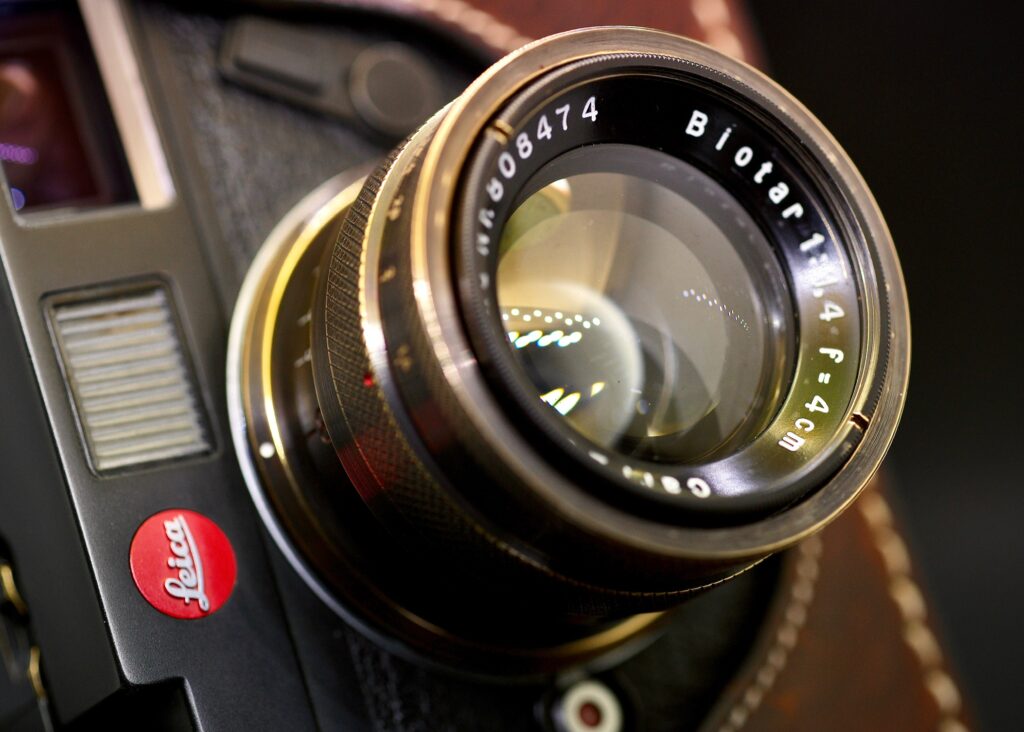
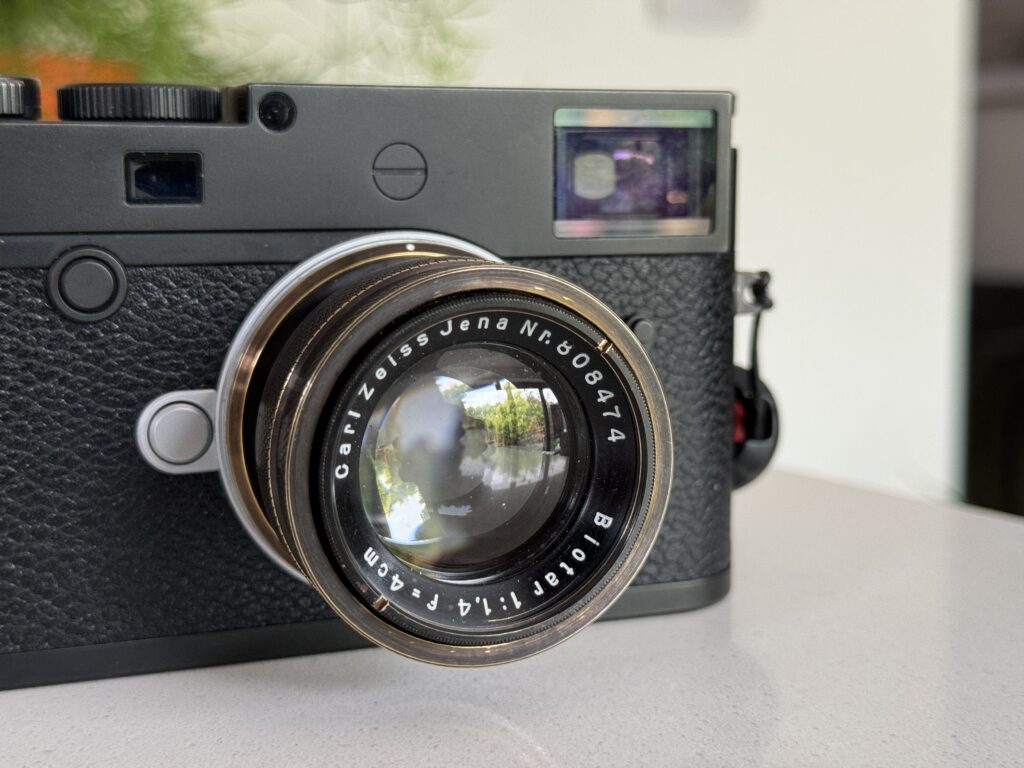
A real shame on this occasion as the Jena Biotar 40mm f/1.4 is a rare beast indeed. This lens was produced by Zeiss in 1927 as a super-fast cinema lens. They only made 50 of these, and this m-mount Omnar-based conversion is a one in a series of one that Chris made. Many of the components were made by hand for this lens only too, so all in all, it is pretty unlikely we will see or make another.
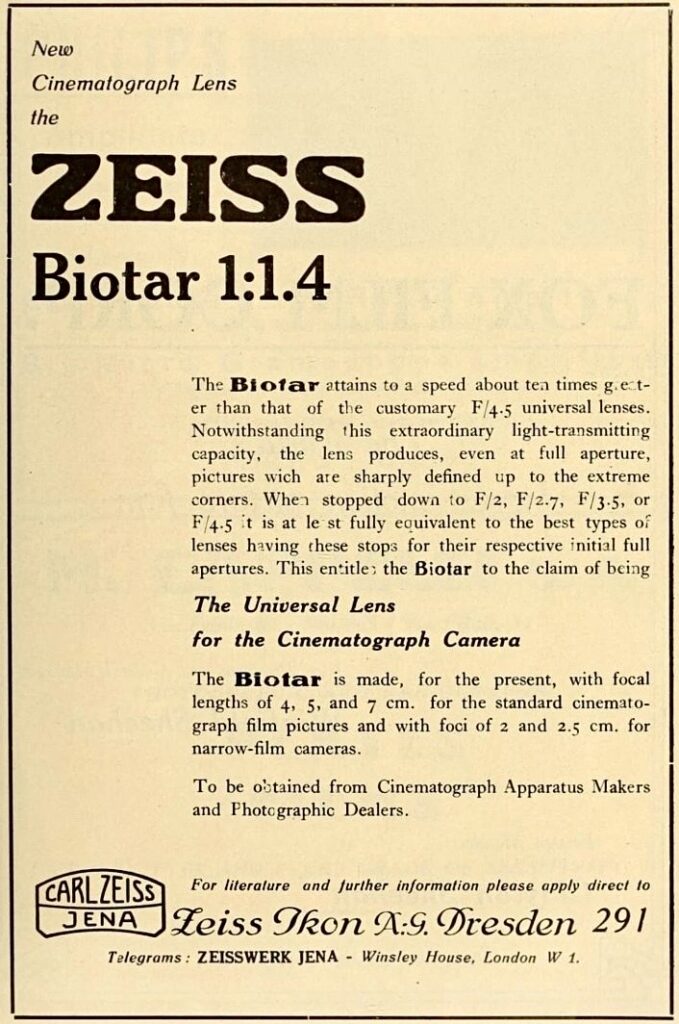
With that said, I did manage to make some time to play with the Jena Biotar 40mm, and whilst I didn’t get enough test shots to do my usual level of lens review, I did get something of a feel for it. Fortunately, we have also been working with Matt Osborne recently, and he was able to spend a bit more time with the lens than me, so if you like watching videos on youtube, then have a watch of his review here – though it is worth noting, that after Matt detected the decentering, Chris fixed the lens before it came to me. It’s also worth noting that Matt decided to shoot the lens on his digital APS-C Leica CL instead of a full frame Leica. His reasoning is pretty sensible too. Since this lens was designed for cinema purposes, it doesn’t have a big enough image circle to cover full frame. The result is a heavy/hard vignette in the corners of the frame as can be seen here:

The Vignette
Of course, me being me, I decided I would embrace the Jena Biotar 40mm vignette and shoot it on my M10-P – why not, I say, sometimes even extreme character traits can be harnessed, right…? Actually, I think they can, and whilst I didn’t have really enough time to put the vignette to work on any particularly interesting subject matter, I like to think a couple of the shots below illustrate the potential. Low-lit environment where the vignette can disappear into what might just be darker corners seem to be the trick.


Sharpness
You’ll see in the advert for the Jena Biotar 40mm at the top that back in the day, Zeiss were claiming this lens to be a great all-rounder with corner to corner sharpness stopped down but with the added benefit of great light gathering power when shot wide open. The advert doesn’t mention the softness of the images wide open of course… to be fair to it, it is fairly sharp in the centre even at f/1.4 – albeit with a bit of a glow – but the fall-off is more fairly dramatic. As I said, before, Chris fixed the decentering, so it’s not quite as bonkers a lens as Matt found it to be. That is to say, wide open the falloff is still there, it’s just even across the frame now. Stopped down, it does improve quite a bit too, though since I shot it on a full frame camera which used the full imaging circle, and some, there is still some softening before the vignette cuts off the frame. Here you can see an f/1.4 shot vs. the same frame stopped down to f/5.6 (if memory serves).
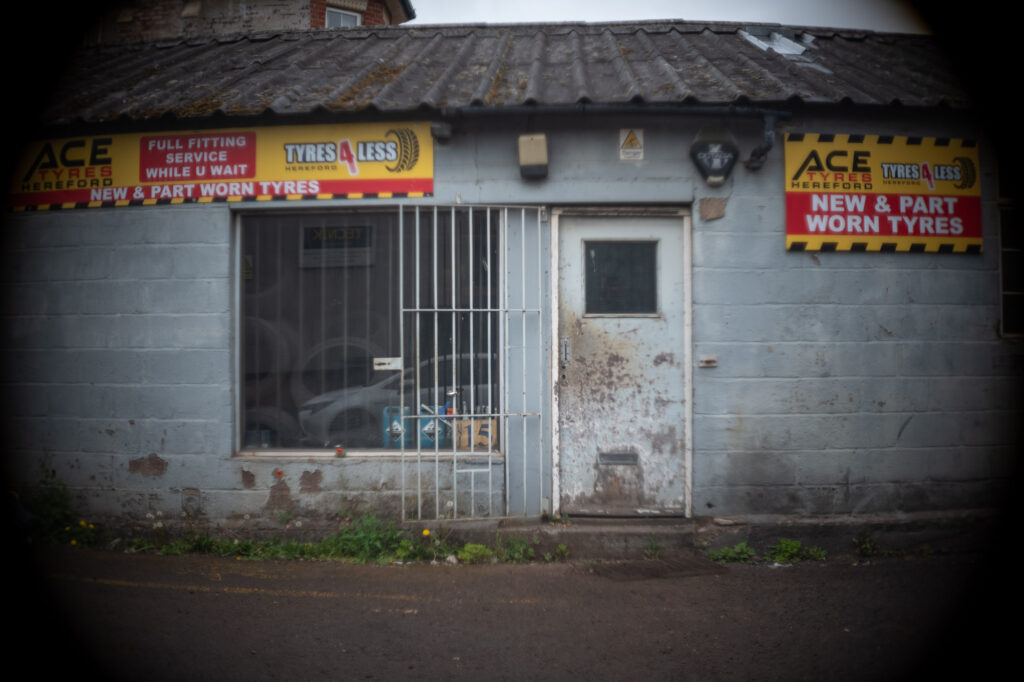
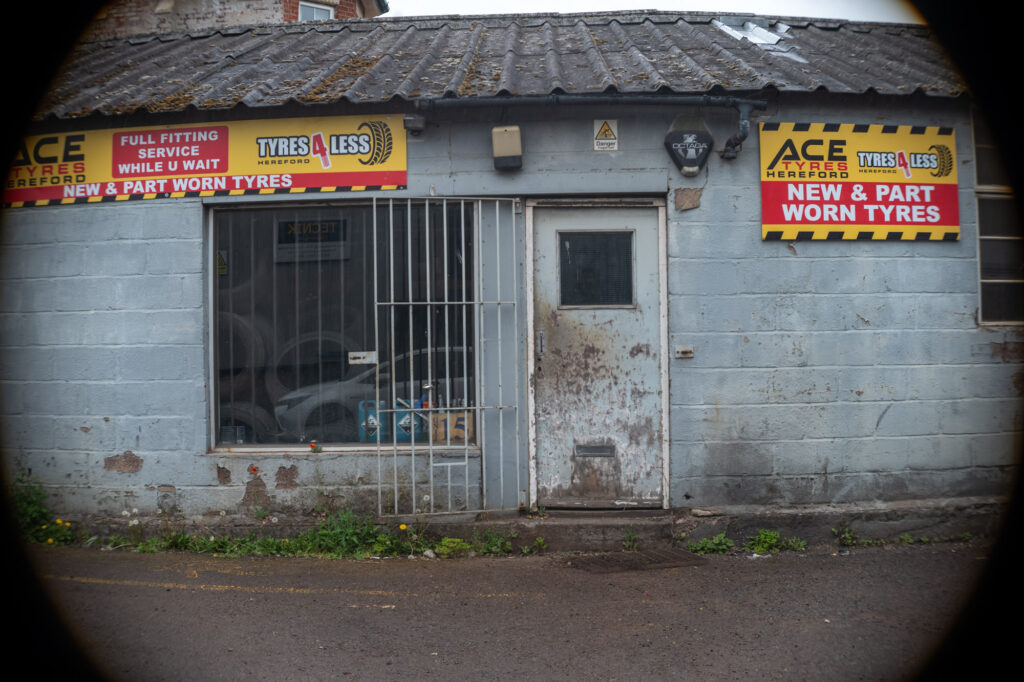
And yes, well spotted, there is some distortion at play there too!
Bokeh
Of course, for my money, where a lens like the Jena Biotar 40mm is always going to be most fun is shot wide open anyway. Shooting it stopped down in the daylight just makes for slightly classically-rendered photos with the corners cut off.

 Each to their own, but that doesn’t feel optimum use-case for me. A classic highly-characterful lens like this needs to be shot wide-open where all the fun is at. And wide-open with a 40mm f/1.4 means bokeh! Annoyingly, I ran out of time to get some evening shots with some nice out of focus highlights. I didn’t even shoot it towards some out of focus leaves with light shining through. I know, I know, I have let myself down, and I have let you down… fortunately, Matt did get some nice bokeh test shots (see video). You can see the lovely dreamy, melty, slightly swirly bokeh in a few of my shots though, not least this one:
Each to their own, but that doesn’t feel optimum use-case for me. A classic highly-characterful lens like this needs to be shot wide-open where all the fun is at. And wide-open with a 40mm f/1.4 means bokeh! Annoyingly, I ran out of time to get some evening shots with some nice out of focus highlights. I didn’t even shoot it towards some out of focus leaves with light shining through. I know, I know, I have let myself down, and I have let you down… fortunately, Matt did get some nice bokeh test shots (see video). You can see the lovely dreamy, melty, slightly swirly bokeh in a few of my shots though, not least this one:

Matt talks about the Jena Biotar 40mm having something of a large format look to it – he infers that this comes from the almost tilt-effect of the slight decentering. He might have a point there – certainly in some of his shots it has that vibe. But even with the lens “fixed”, you could be mistaken for these being shots taken with something like a 178mm Aero-Ektar. Sure, it’s not quite as extreme, but the soft/glowyness that still manages to pop a central area of sharpness, the qualities of the out of focus rendering etc, all make for images that definitely have a distinct look.


A few of Chris’s photos
Because I didn’t have long with the lens, Chris suggested we add a few of his images too. Some of his have been cropped to removed the vignette, some haven’t – I personnally think some of the black and white shots are particularly effective!
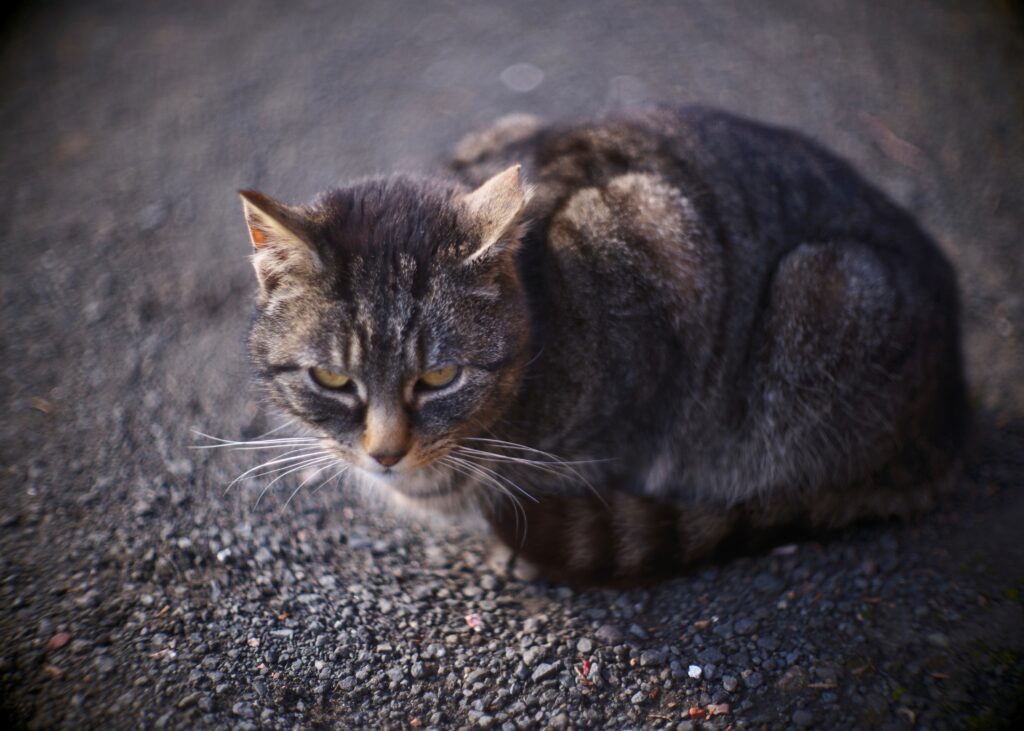
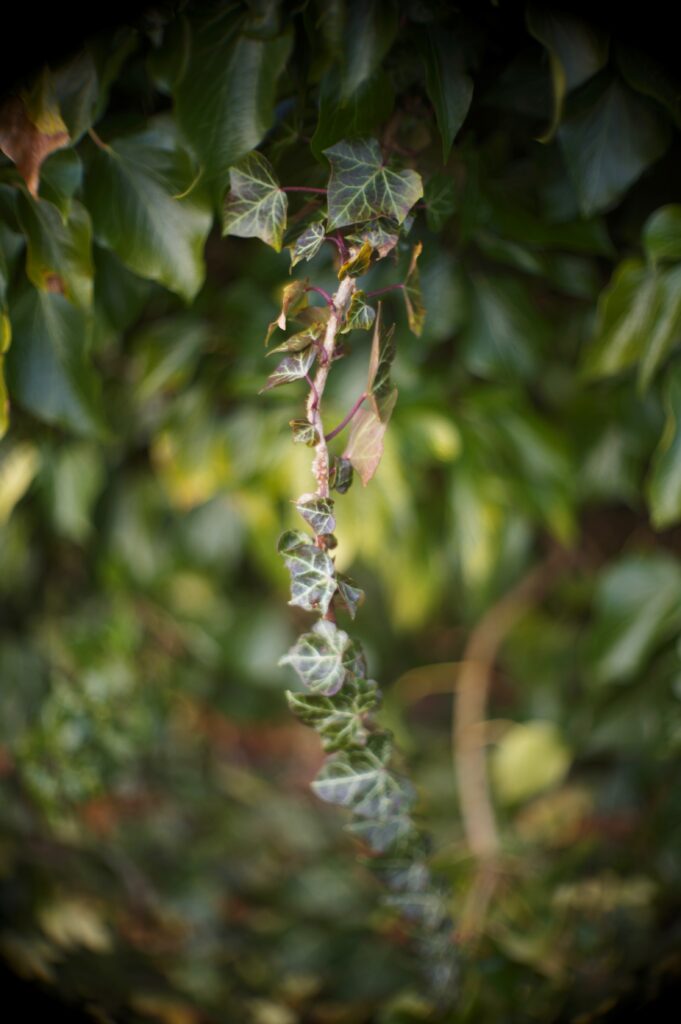
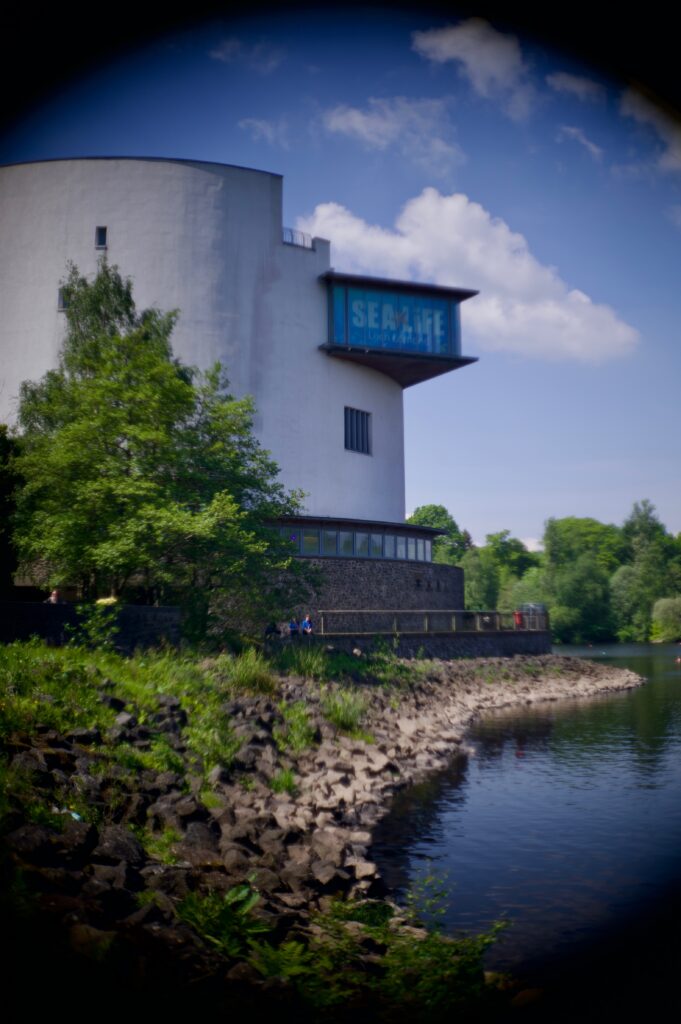
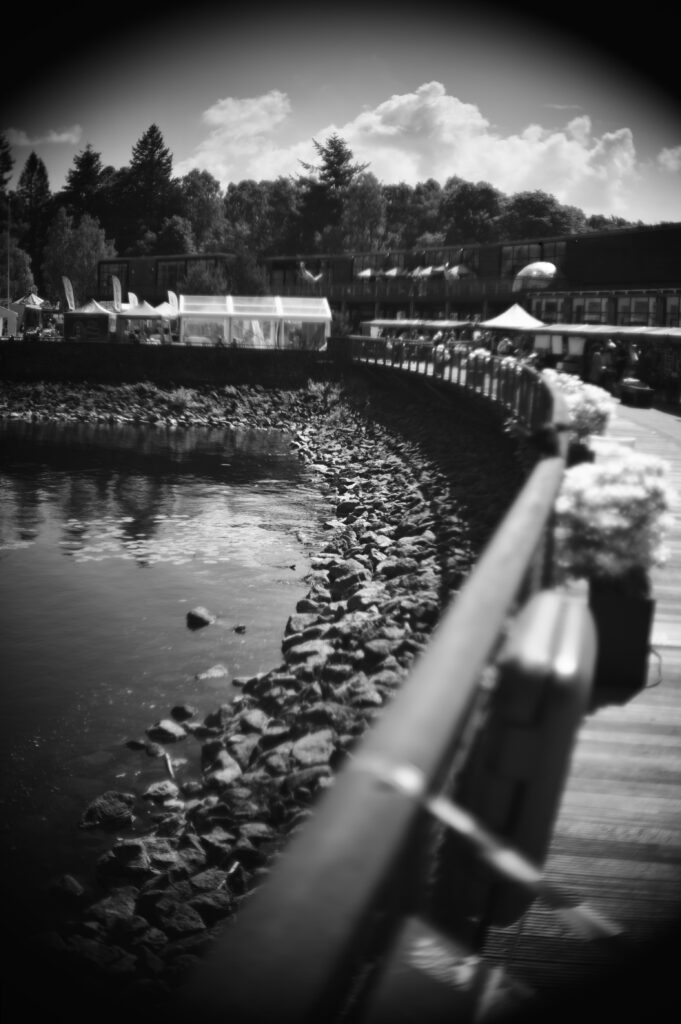
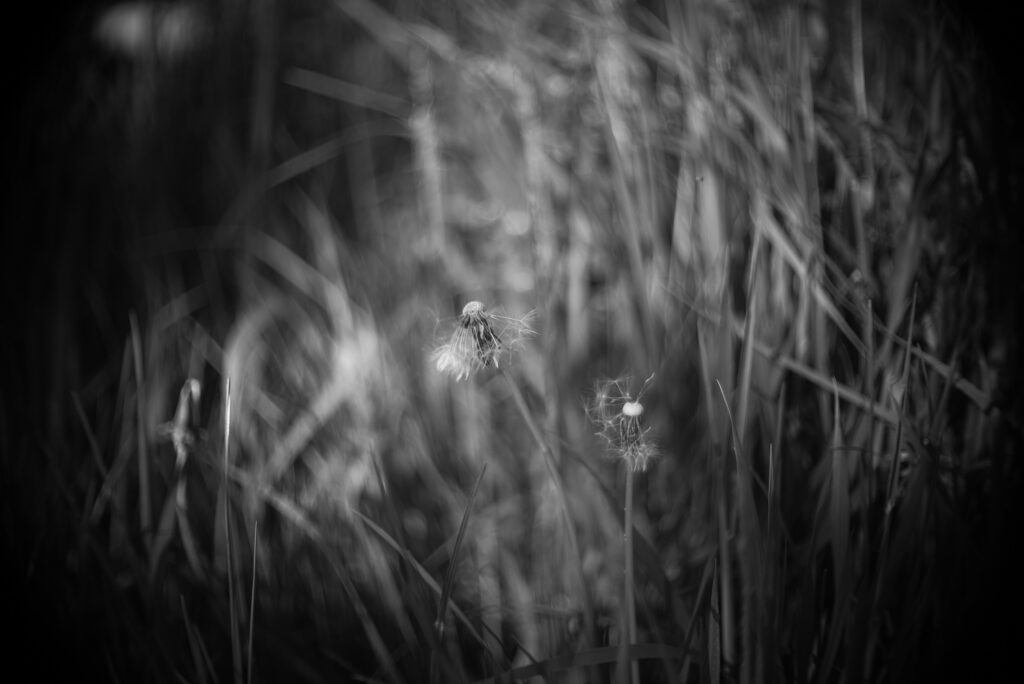
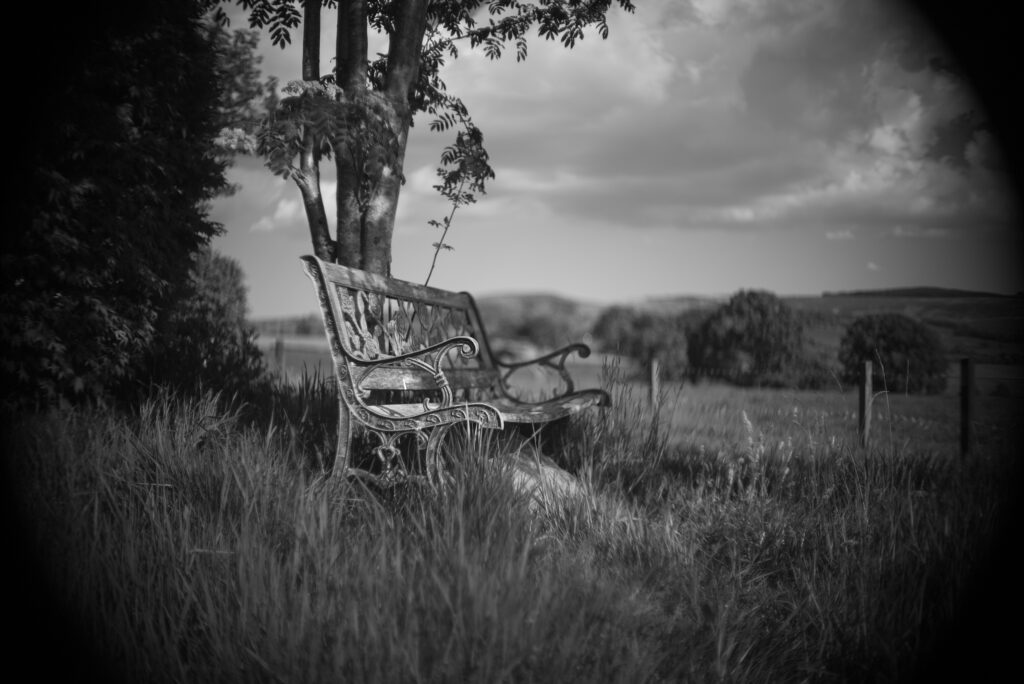
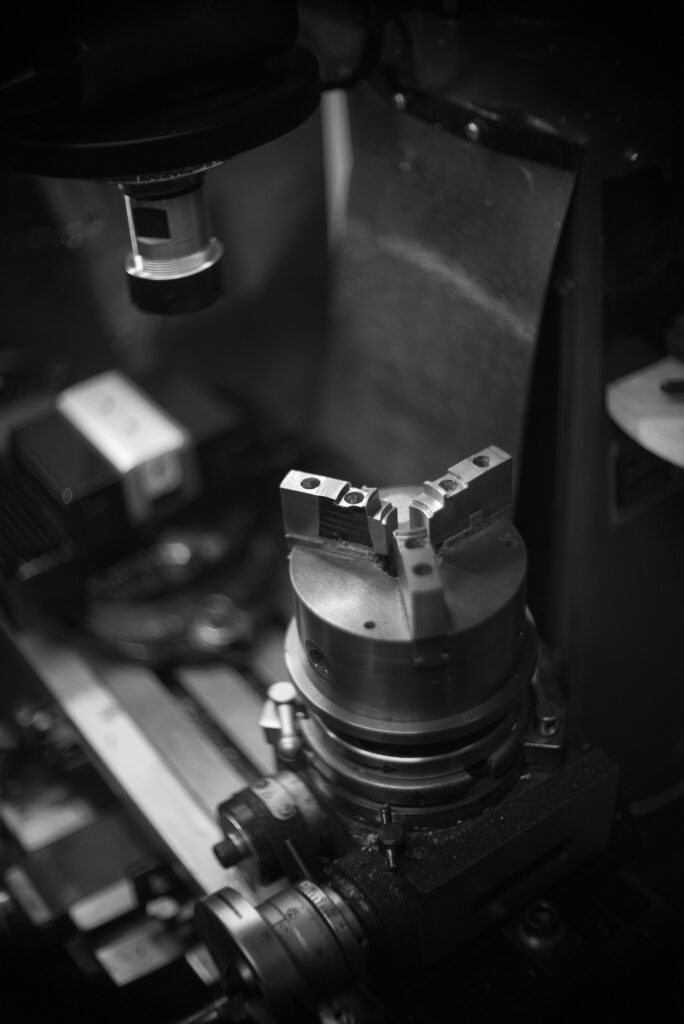
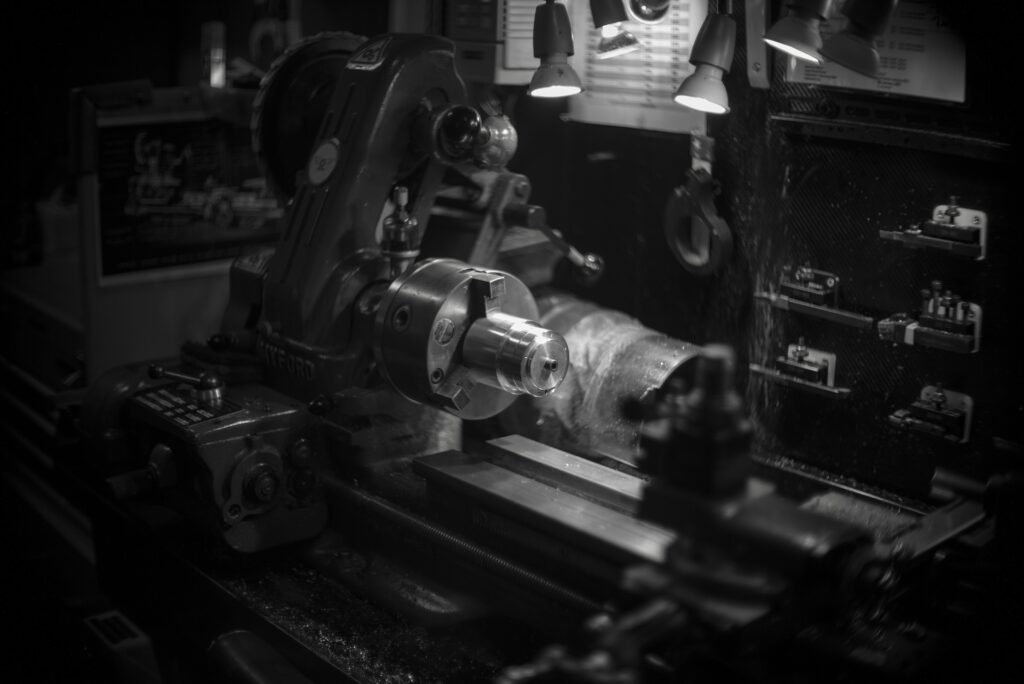
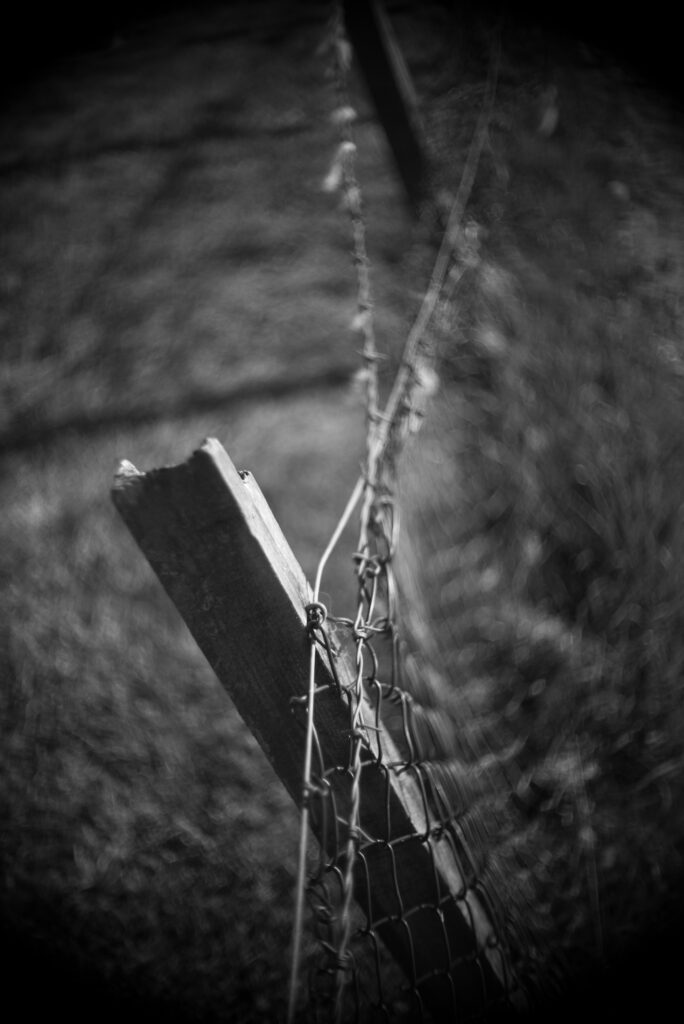
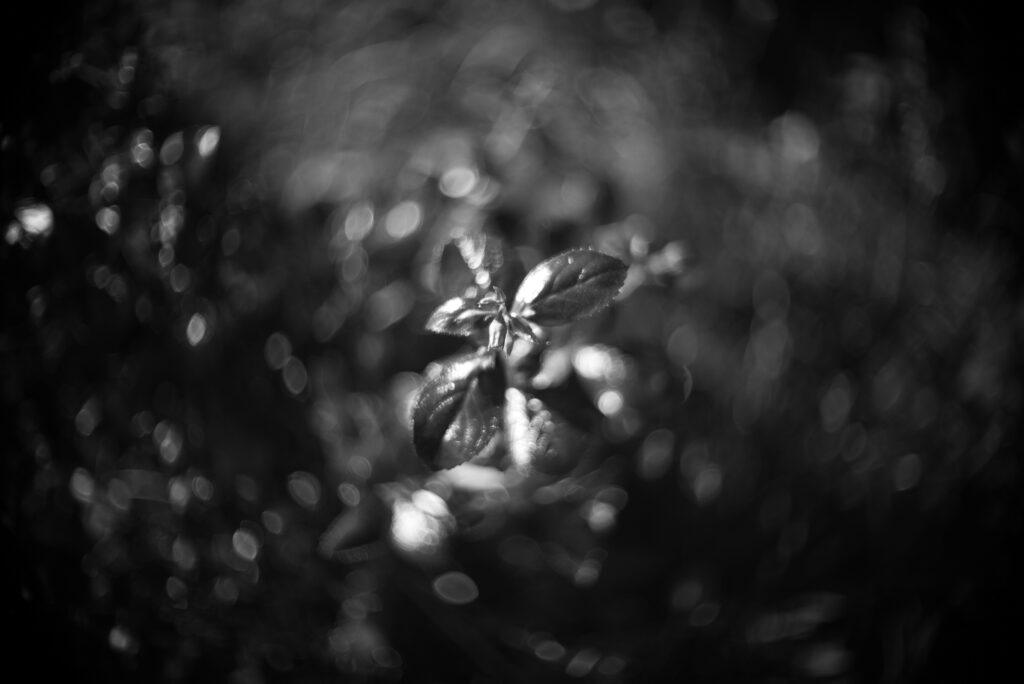
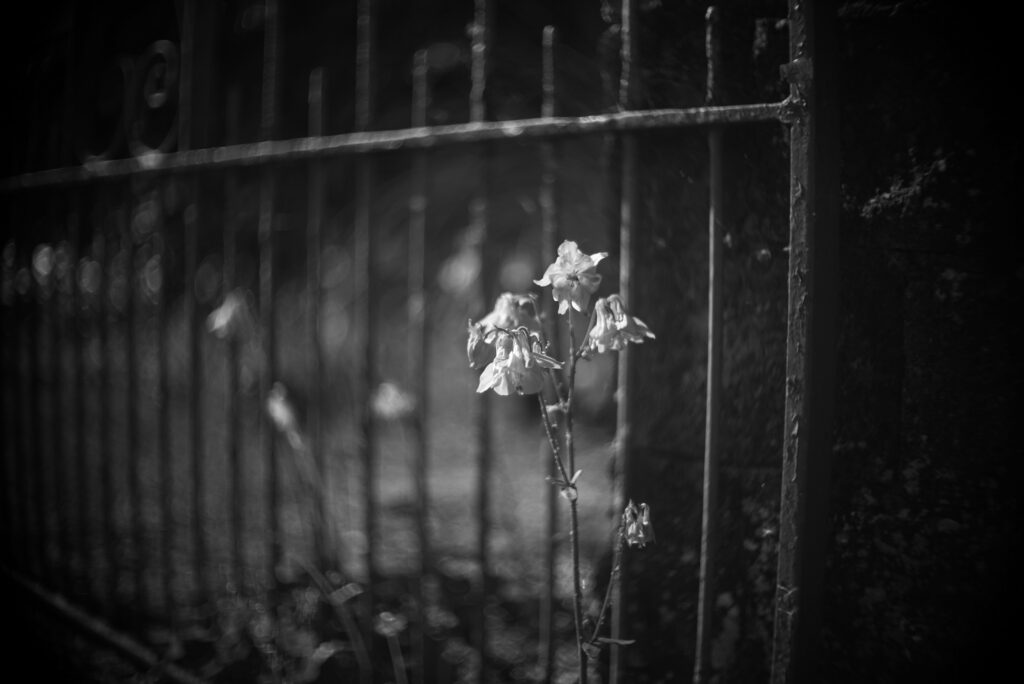
Final thoughts
So there you have it, a quick review of the Jena Biotar 40mm – a very rare lens from the 1920s. It needed to go back to Chris again to allow for a couple of potential customers to have a look at it – I certainly would have been happy keeping it though. It’s far from an everyday lens, but it really does have a very strong set of character traits that make for some really strong images. Even without the hard vignette, it can be harnessed to great effect for soft, dreamy images with a lovely bit of central pop. With the vignette – which I personally think adds to whole package with something you don’t see very often at all – I think it has the potential to help make some really interesting photo. The shots of Norah and the clock above probably illustrate my point here the best.
As of the time of writing, this lens is still available off our website here – I don’t expect it will hang around long!
Share this post:
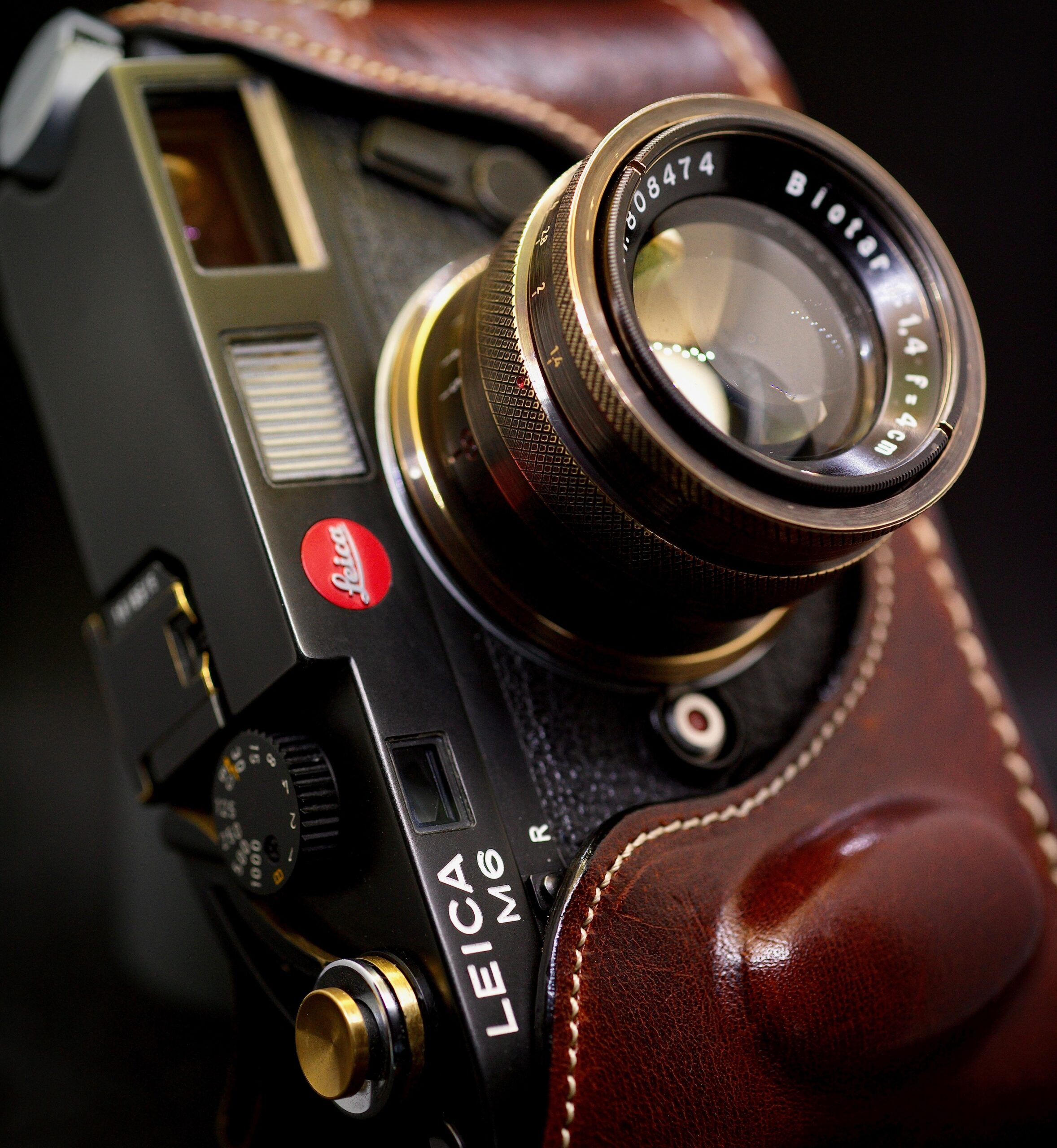

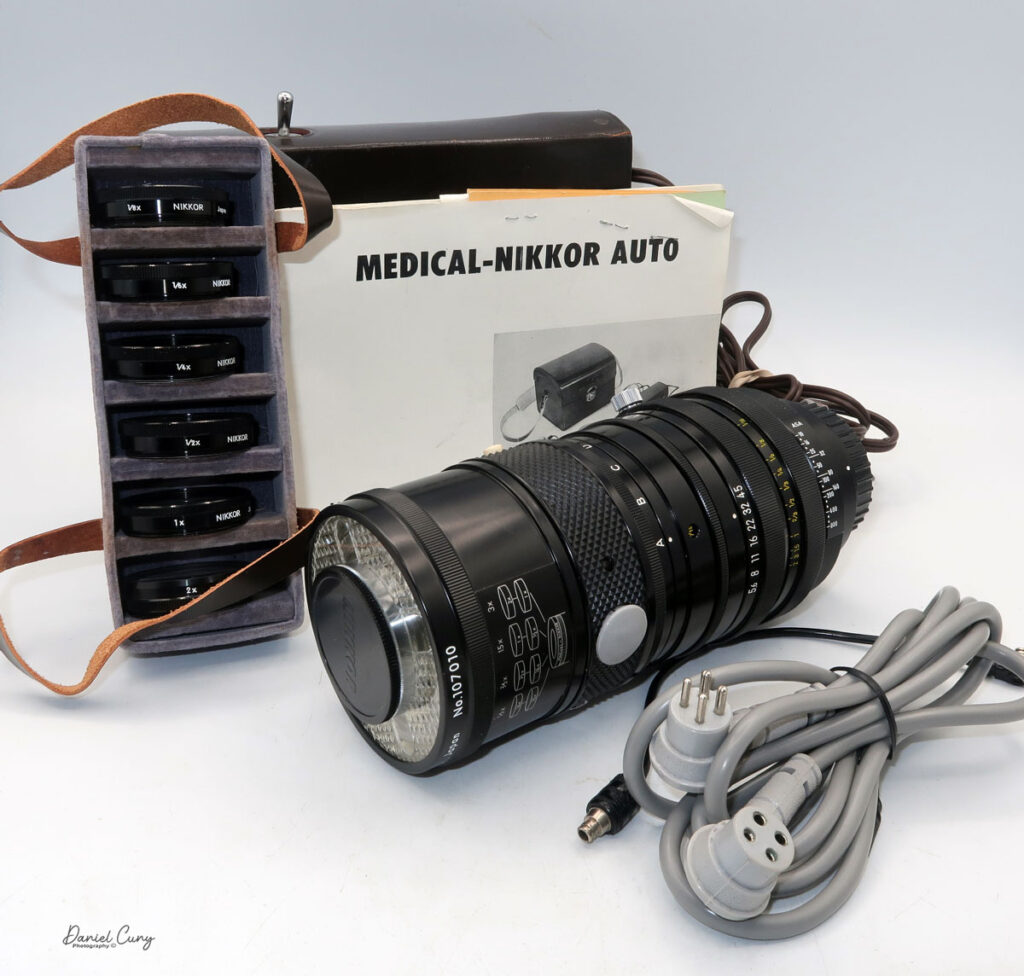

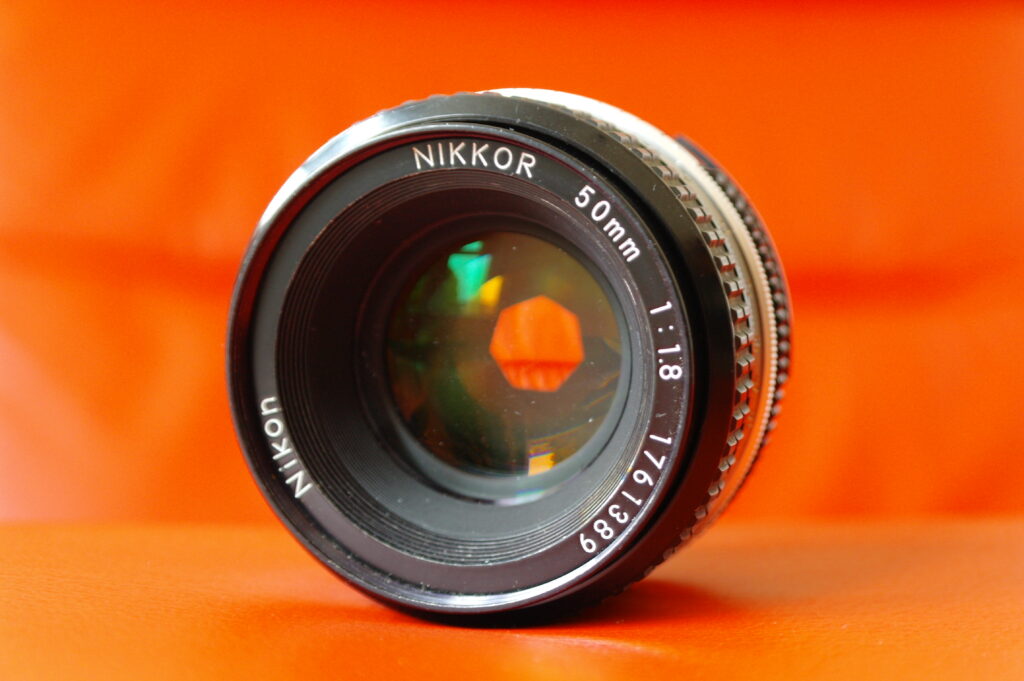




Comments
Gary Smith on Omnar/Skyllaney Converted Carl Zeiss Jena Biotar 40mm f/1.4 – Mini Review
Comment posted: 28/06/2024
Comment posted: 28/06/2024
Lars on Omnar/Skyllaney Converted Carl Zeiss Jena Biotar 40mm f/1.4 – Mini Review
Comment posted: 28/06/2024
Very interesting. I think you´ve preserved a bit of optical history here, compare to people who restore rare vintage cars.
Regrettably waaay out of my price range, hope it finds an owner who appreciates it for what it is.
Comment posted: 28/06/2024
John Frank on Omnar/Skyllaney Converted Carl Zeiss Jena Biotar 40mm f/1.4 – Mini Review
Comment posted: 28/06/2024
Wrt the lens, does Skyllaney use a pre-existing 40mm lens for the (presumably) coupled mount, or do they engineer their own dual helicoid?
Comment posted: 28/06/2024
Comment posted: 28/06/2024
Comment posted: 28/06/2024
Comment posted: 28/06/2024
John Frank on Omnar/Skyllaney Converted Carl Zeiss Jena Biotar 40mm f/1.4 – Mini Review
Comment posted: 29/06/2024
Jukrei on Omnar/Skyllaney Converted Carl Zeiss Jena Biotar 40mm f/1.4 – Mini Review
Comment posted: 29/06/2024
Dan Castelli on Omnar/Skyllaney Converted Carl Zeiss Jena Biotar 40mm f/1.4 – Mini Review
Comment posted: 29/06/2024
Can your engineering team turn their talents to making replacement take-up spools for the (film) Leica & Leitz Minolta CL cameras? I just had to replace one on my CL, and a nice precision-made spool would be like getting a new knee replacement. Fixed for life!
Hats off to the creative that produces these one-off and limited runs of unique lenses. It's always a pleasure to see the results.
A car can be fixed or replaced - I hope your family wasn't injured. Animals are truly members of the family, I'm sorry to hear your dog passed away.